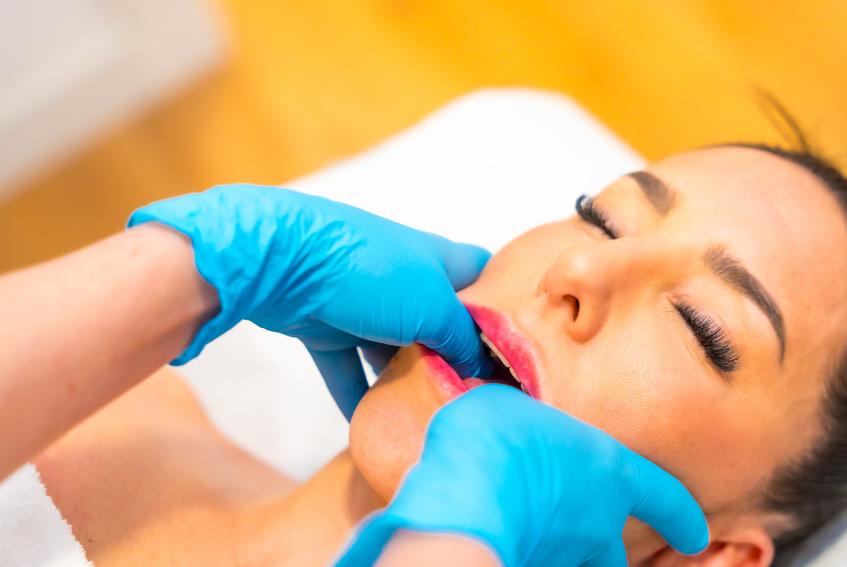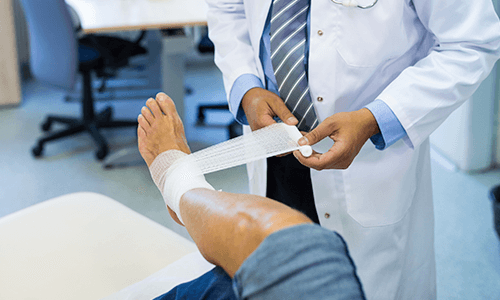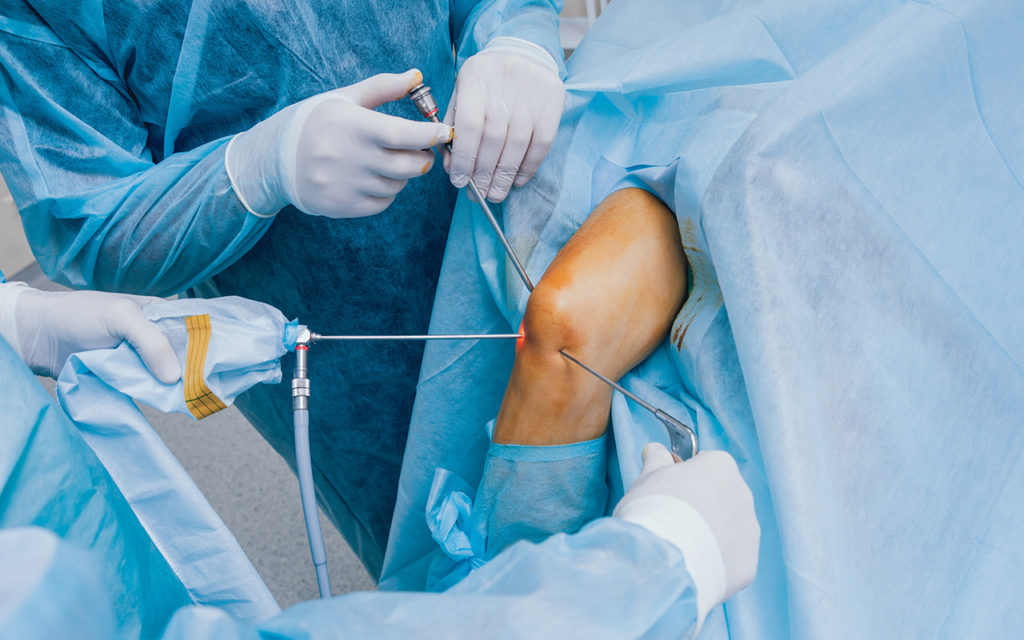TMJ syndrome, or Temporomandibular Joint Syndrome, is a condition that affects the jaw joint and surrounding muscles, leading to pain and discomfort. For many individuals suffering from TMJ syndrome, finding effective relief is essential for improving their quality of life. While there are various treatment options available, combining physical therapy with other TMJ syndrome treatments has emerged as a highly effective approach. This blog explores the benefits of this integrated treatment strategy, emphasizing how it can enhance recovery and alleviate symptoms.
Understanding TMJ Syndrome
What is TMJ Syndrome?
TMJ syndrome refers to a collection of disorders affecting the temporomandibular joint, which connects the jawbone to the skull. Symptoms often include jaw pain, headaches, clicking or popping sounds when moving the jaw, and difficulty in fully opening or closing the mouth. The causes of TMJ syndrome can vary and may include jaw injuries, arthritis, teeth grinding, and stress-related muscle tension. Understanding these aspects is crucial for determining the best TMJ syndrome treatment.
Common Treatment Options for TMJ Syndrome
When it comes to TMJ syndrome treatment, a variety of options are typically recommended. These may include medications to manage pain and inflammation, dental splints to prevent teeth grinding, and injections to reduce inflammation in the joint. However, incorporating physical therapy into the treatment plan can significantly enhance the effectiveness of these methods and address the root causes of TMJ syndrome.
The Role of Physical Therapy in TMJ Treatment
What is Physical Therapy?
Physical therapy is a healthcare profession focused on diagnosing and treating movement disorders through various techniques, exercises, and modalities. In the context of TMJ syndrome treatment, physical therapy aims to alleviate pain, restore function, and prevent future issues. Therapists employ methods such as manual therapy, specific exercises for the jaw and neck, and modalities like heat or ultrasound to facilitate recovery.
Benefits of Physical Therapy for TMJ Syndrome
The benefits of physical therapy in TMJ syndrome treatment are numerous. First and foremost, physical therapy can provide significant pain relief by reducing muscle tension and improving blood flow to the affected areas. Additionally, physical therapy enhances the range of motion and function of the jaw joint, which is critical for those experiencing stiffness or limited mobility. Strengthening the surrounding muscles through tailored exercises also helps prevent future injuries, making physical therapy an invaluable component of TMJ syndrome treatment.
Combining Physical Therapy with Other Treatments
Holistic Approach to TMJ Treatment
Adopting a holistic approach to TMJ syndrome treatment allows for the integration of multiple modalities to achieve the best outcomes. Physical therapy complements other treatments by addressing not only the symptoms but also the underlying musculoskeletal issues contributing to TMJ dysfunction. For example, a treatment plan that combines physical therapy with dental splints can provide comprehensive care, enhancing the overall effectiveness of each treatment modality.
Enhancing Treatment Outcomes
Improved Patient Compliance and Satisfaction
Combining physical therapy with other TMJ syndrome treatments often leads to improved patient compliance and satisfaction. When patients experience noticeable relief from their symptoms through a multifaceted approach, they are more likely to adhere to their treatment plans. Testimonials from patients highlight that a comprehensive strategy not only alleviates their TMJ syndrome symptoms but also empowers them to take an active role in their recovery.
Addressing Underlying Issues
Physical therapy plays a crucial role in identifying and addressing underlying issues that contribute to TMJ syndrome. By evaluating the patient’s posture, jaw mechanics, and muscle function, physical therapists can provide targeted interventions that complement other treatments. This holistic approach ensures that TMJ syndrome treatment is effective and sustainable, ultimately leading to better outcomes for patients.
How to Get Started
Finding the Right Physical Therapist
Finding a physical therapist experienced in TMJ syndrome treatment is essential for success. Look for practitioners who specialize in or have a background in treating temporomandibular disorders. During the initial consultation, it’s important to ask about their experience with TMJ syndrome treatment, the techniques they use, and how they collaborate with other healthcare providers.
Creating a Comprehensive Treatment Plan
Creating a comprehensive treatment plan that includes physical therapy is vital for effective TMJ syndrome treatment. Collaboration between healthcare providers, including dentists and physical therapists, ensures that all aspects of the patient’s health are considered. An individualized treatment plan may include a combination of medication, physical therapy, dental devices, and lifestyle modifications, leading to optimal results.
Takeaway
Combining physical therapy with other TMJ syndrome treatments offers numerous benefits for individuals seeking relief from this condition. This integrative approach not only alleviates symptoms but also addresses the root causes of TMJ syndrome, providing a comprehensive solution for long-term management. If you or someone you know is struggling with TMJ syndrome, consider consulting with healthcare professionals to explore personalized treatment options that include physical therapy as a key component. Embracing a multidisciplinary approach can pave the way to a pain-free future and improved overall well-being.






